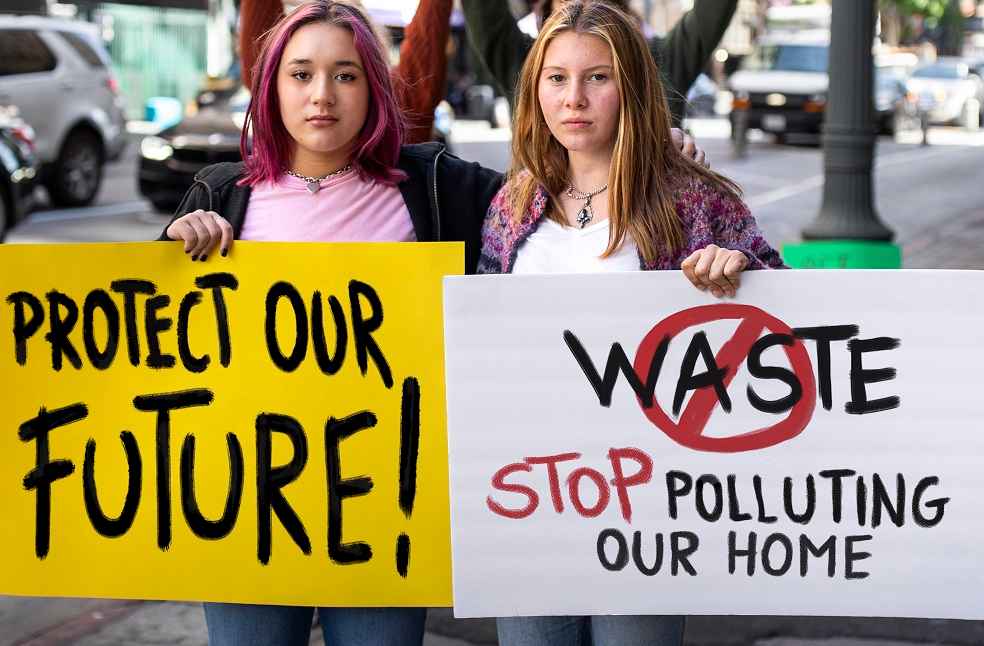The pandemic has profoundly impacted economies globally, causing significant disruption across various sectors, including the automotive industry. Even before the pandemic, this sector was grappling with shifts towards electric mobility and ridesharing. The pandemic, however, has intensified these existing challenges and introduced new ones.
1. Sustainability and Policy
Regulatory Pressure: The automotive sector faces stringent environmental regulations. For instance, the European Union aims to reduce greenhouse gas emissions from new cars by 55% by 2030 compared to 2021 levels, compelling automakers to invest heavily in electric vehicle (EV) technology and sustainable practices.
Corporate Commitments: Major players like Volvo and Nissan have pledged significant advancements towards sustainability. Volvo aims to become fully electric by 2030, while Nissan plans to use recycled materials in up to 30% of its new cars by the same year.
Investment in Technology: The transition to EVs demands substantial investment in new technologies, production facilities, and consumer education. Shifting towards a circular economy also necessitates changes in manufacturing processes and supply chain management.
2. Technology and Consumer

Rapid Innovations: The industry is witnessing swift advancements in EVs, Advanced Driver Assistance Systems (ADAS), and connectivity features, requiring significant R&D investments.
Investment in ADAS: Companies like BYD and JLR are investing billions to stay ahead. BYD plans to spend over USD 14 billion on ADAS technologies, while JLR will invest more than USD 18 billion over the next five years to transition to electric-first luxury cars.
Delayed Plans: Despite heavy investments, some automakers face delays in their electrification plans due to lagging demand. Mercedes-Benz, for example, has postponed its target for 50% BEV and hybrid sales from 2025 to 2030.
3. Labor Shortage
Skill Gaps: The industry faces a significant shortage of skilled labor, particularly in Europe and the U.S., affecting production timelines and increasing costs.
Educational Initiatives: To address this, companies are investing in vocational training and partnerships with educational institutions. Intel, for instance, has teamed up with universities to develop the necessary workforce for its new facilities.
Workforce Development: Combining vocational education with advanced robotics can help mitigate the labor shortage and ensure a steady supply of skilled workers.
4. Geopolitical Tensions

Pandemic Impact: The COVID-19 pandemic initially disrupted global supply chains, and ongoing geopolitical tensions continue to affect the industry.
Conflicts and Supply Chains: The Russia-Ukraine war and the Israel-Hamas conflict have caused significant disruptions, impacting oil prices, chip production, and overall supply chain stability.
Re-routing Logistics: Geopolitical tensions often necessitate changes in shipping routes and logistics operations, increasing costs and complicating production schedules.
5. Cyber Attacks
Increased Connectivity: The integration of digital interfaces and autonomous features in vehicles has heightened cyber vulnerabilities.
Types of Attacks: Cyber attackers can target various systems, including infotainment, telematics, critical control systems, keyless entry, and EV charging stations.
Security Measures: Automakers must implement robust cybersecurity measures to protect against these threats. The move towards autonomous vehicles and V2X communications increases the need for comprehensive security frameworks.
6. Supply Chain
Global Dependencies: The automotive supply chain relies on parts and materials sourced globally. Disruptions can severely impact production.
Inventory Management: Automakers need to improve inventory management practices and build more resilient supply chains. This includes diversifying suppliers, investing in local production capabilities, and using advanced analytics for better demand forecasting.
Just-In-Time Production: The traditional just-in-time production model may need reevaluation, adopting a more balanced approach to ensure a buffer against disruptions.
7. Regulatory Landscape

Emission Standards: Stricter emission standards require continuous innovation and improvement in vehicles’ environmental performance.
Safety Regulations: Advances in vehicle technology bring about new safety regulations. Automakers must ensure compliance while maintaining innovation.
Trade Policies: Changing trade policies and tariffs impact the cost and availability of automotive components, influencing production costs and pricing strategies.
8. Mobility Trends
Shared Mobility: The rise of shared mobility services, such as ride-hailing and car-sharing, is changing consumer behavior, impacting vehicle sales and requiring new business models.
Urbanization: Increasing urbanization may reduce the demand for personal vehicles while increasing the need for efficient public transportation and last-mile connectivity solutions.
Personalization: Consumers expect personalized experiences and features in their vehicles, prompting automakers to invest in technology that allows customization and enhances the driving experience.
9. Circular Economy
Resource Efficiency: Automakers are under pressure to use resources more efficiently and reduce waste, adopting sustainable manufacturing practices and designing vehicles for easier recycling and reuse.
Circular Economy: Embracing a circular economy involves focusing on the entire lifecycle of a vehicle. Initiatives like using recycled materials and developing take-back programs are essential.
Sustainable Materials: There is growing demand for sustainable materials in vehicle production. Automakers must invest in R&D to find alternatives to traditional materials with a lower environmental impact.
10. Cost Management

Investment Needs: The transition to electric vehicles and autonomous driving technology requires significant investment. Automakers must balance these investments with the need to maintain profitability.
Cost Control: Rising material costs, labor shortages, and supply chain disruptions contribute to increased production costs. Companies must find ways to control costs without compromising quality or innovation.
Access to Capital: Securing funding for large-scale projects and R&D is crucial, possibly involving exploring new financing options, forming strategic partnerships, and leveraging government incentives for green technologies.
These challenges underscore the multifaceted nature of the automotive industry’s current landscape. Addressing these issues requires a holistic approach, focusing on innovation, sustainability, regulatory compliance, and strategic financial management. With strategic investments and innovations, the industry can continue to evolve and thrive in the coming years.
MOST READ | Global Air Taxi Market: Status, Expectations, and Trends





